After our mildly stressful departure from Isla Salsepuedes, we headed east across the Sea of Cortez to a much larger island off the mainland called Isla Tiburon. I was thankful that it turned out to be a relatively calm day and we motored for most of the trip, only sailing for the last couple of hours. Although sailing on calm seas with light winds is a lovely experience, it can be frustrating to see your ETA being pushed later and later once you turn off the motor. We generally assume an average trip speed of 5 miles per hour, so the 40-mile trip between islands should take about 8 hours.
Motoring all morning, I was ready to just get there and drop anchor. With the wind picking up to 10 knots, Eitan set the sails, turned off the motor, and I watched as our arrival time went from early afternoon to around sunset. In most other forms of travel, you would never deliberately travel at a slower speed, like deciding to drive on the freeway at 55 MPH instead of 75 MPH. Sometimes I am quick to forget that on a sailboat, and life in general, it’s both the journey and the destination that make the trip. If I was in a hurry to see the world, I certainly shouldn’t be doing it on a sailboat. Some say that sailing is traveling in the slowest, most expensive way possible.
After a long day of reading in the cockpit, we arrived at an anchorage on the southeast corner of Isla Tiburon, and it was beautiful. Being a bit closer to the mainland, the island was green from the summer thunderstorms that come across from the land. The uninhabited island is mountainous and its geology leaves the hills scattered with caves and natural arches. I was excited to explore the island the following day, and we settled in for the night.
The next day I went for a paddle board around the bay, after which Eitan and I went to shore for a walk. The beach had been used as a fish camp and there were piles and piles of small, conch-like shells that I assume are left over from eating whatever creature grows inside. We followed a path up to a small cave with a mattress that looked to be someone’s temporary home. We tried to walk a bit further, but the unused walking paths had been taken over by opportunistic spiders, utilizing the gap in vegetation to string their webs. After breaking a stick trying to clear a web, which seemed to be unusually strong and sticky, and the spiders themselves were quite large, we felt it best to stick to the beach.
The next day was forecast to have winds in the 15-20 knot range, so we decided to skip stopping at Bahia Kino, on the mainland. We, instead, opted for a longer 50-mile stretch to the south, taking advantage of the predicted northerly wind. However, the next morning, there was no wind to be found, only the disorganized swell that is formed from the currents that funnel between Isla Tiburon and the mainland. We put up the mainsail to help stabilize the boat, but being thrown back and forth without a sustaining wind caused us to break one of the cars that holds the sail to the mast.
Despite the forecast, the wind never picked up to more than 10 knots all day. However, we did end up with a surprise visitor! A small bird, later identified as a Bewick’s wren, joined us for a few hours and provided a little entertainment. It hopped around the cockpit, hunting for small bugs. It wasn’t scared of Eitan or me at all and stopped to rest on both of us. I even had to put my hand out a few times to prevent it from going inside the salon as it foraged. Spotting its reflection in the stainless winch, it stopped and began posturing and making some chirping noises, mistaking itself for another bird. After thoroughly inspecting the dinghy for anything edible, he disappeared as quickly as he arrived.
A few hours later, we had an unpleasant interruption to the trip. We suddenly heard the horrible noise of something wrapping in the propeller. Eitan was quick to throw the motor into neutral and we instantly knew we had wrapped the propeller on the float from some kind of trap. We had been dodging old soda bottles tethered at the surface throughout the day. But, both of us were caught up in our books and happened to miss the one that went directly under the boat. Luckily, this couldn’t have happened under more ideal circumstances with light wind and no swell. Eitan quickly dove down and cut the bottles and lines free while I kept us pointed into the breeze. There was no damage to the propeller, shaft, or motor, so we were quickly back on our way. It made me anxious to think about what it would have been like to have this happen under high winds and rough seas.
We were scheduled to arrive just after sunset to our destination in a small bay protected by an island. We arrived just as it was getting dark and were shocked to find no island at all. The entire stretch of coastline didn’t seem to line up with what the charts were showing, and to make matters worse, it was now dark with only slight illumination from the moon. I’m sure Eitan will tell you that arriving somewhere unfamiliar at night and not trusting your charts is not a good situation to be in. I stood at the bow with a light and did my best to spot any potential hazards as Eitan navigated our way in. There was absolutely no protection from the swell in any of the potential anchoring locations, so, given the already sketchy vibe combined and with a lingering fish and pelican poo stench, we decided it best to find a better anchorage. We motored on for another hour and a half until we came to a small, mildly protected bay, which seemed to be our best option. We dropped anchor and called it a night.


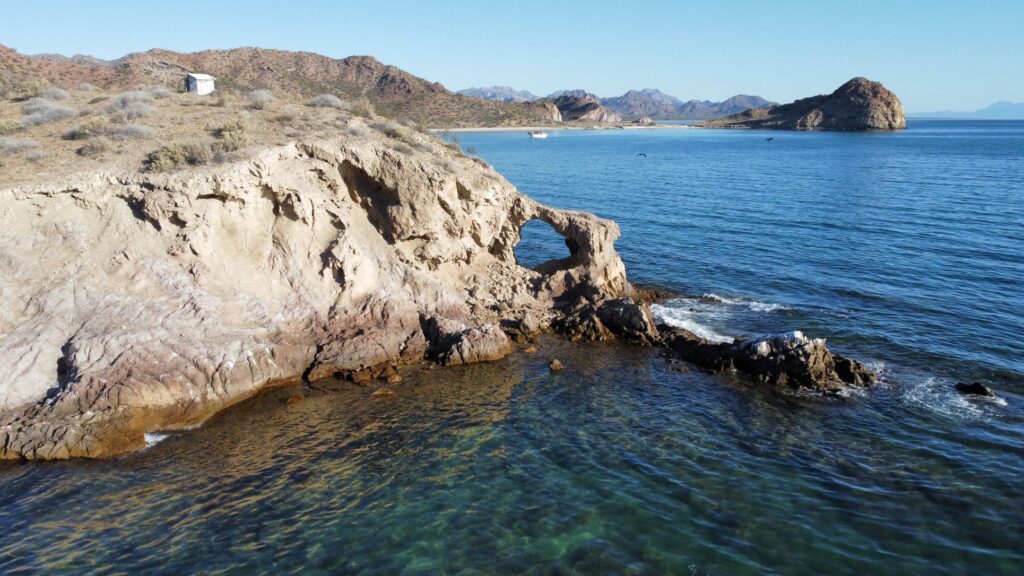
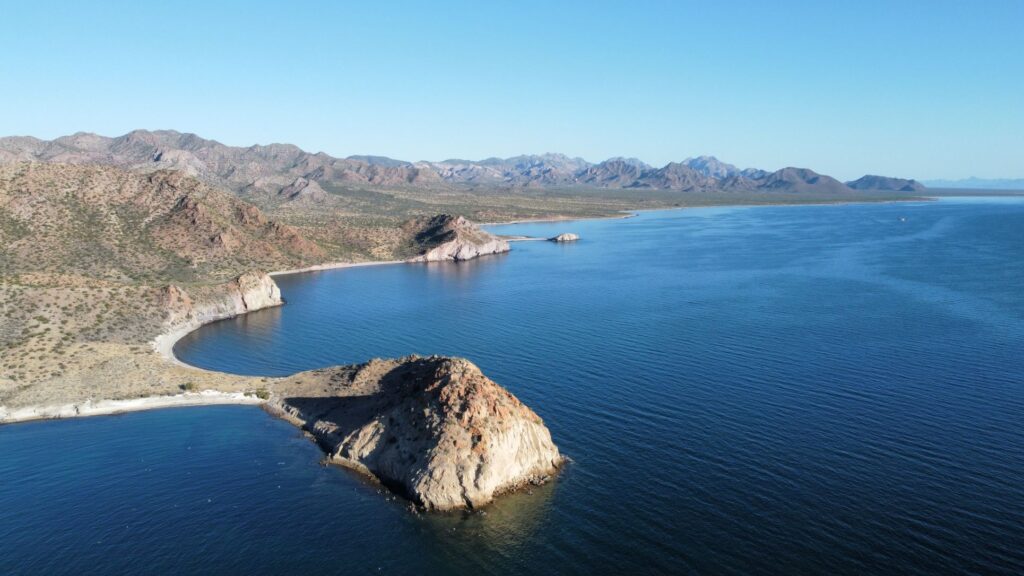
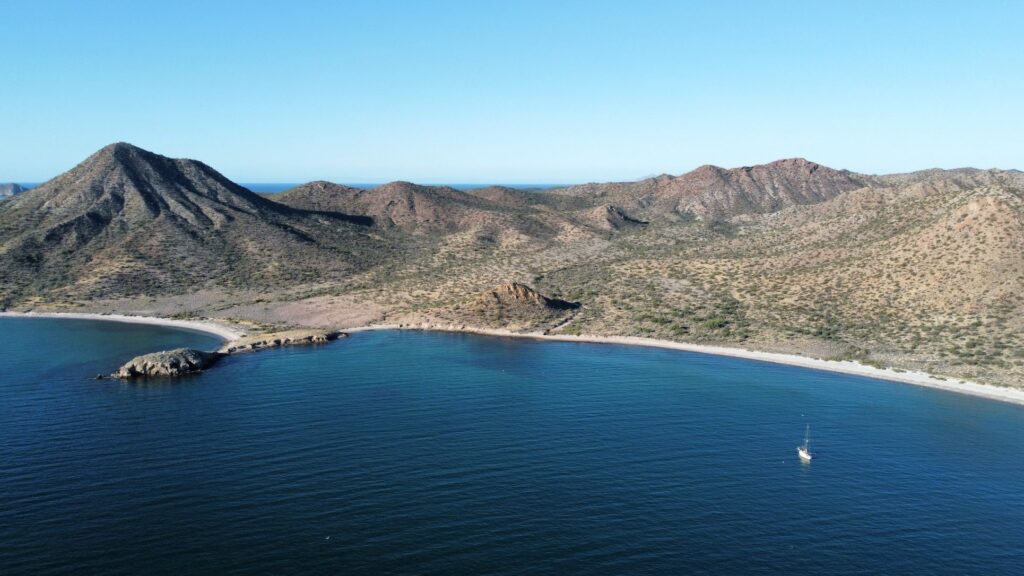
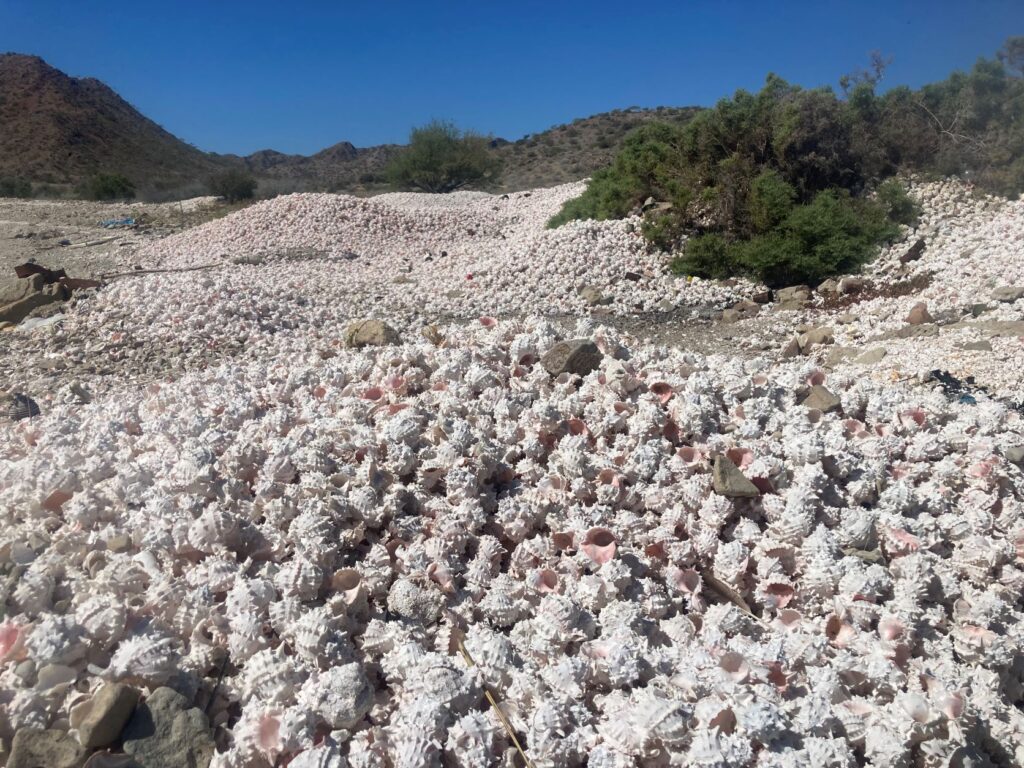

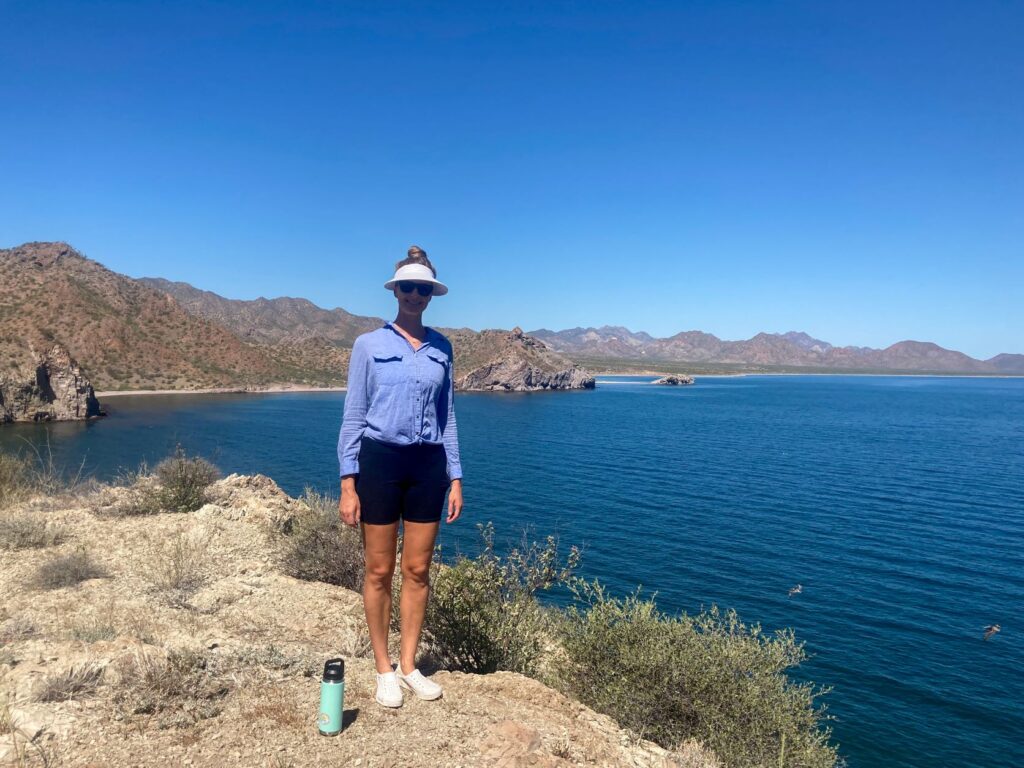
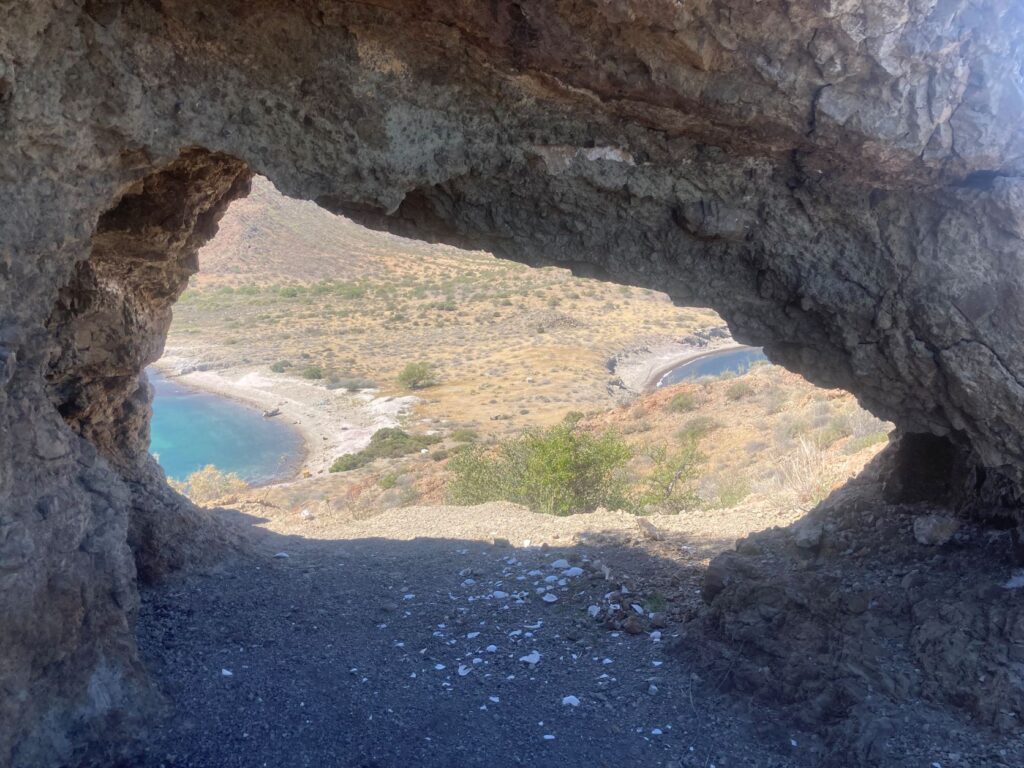
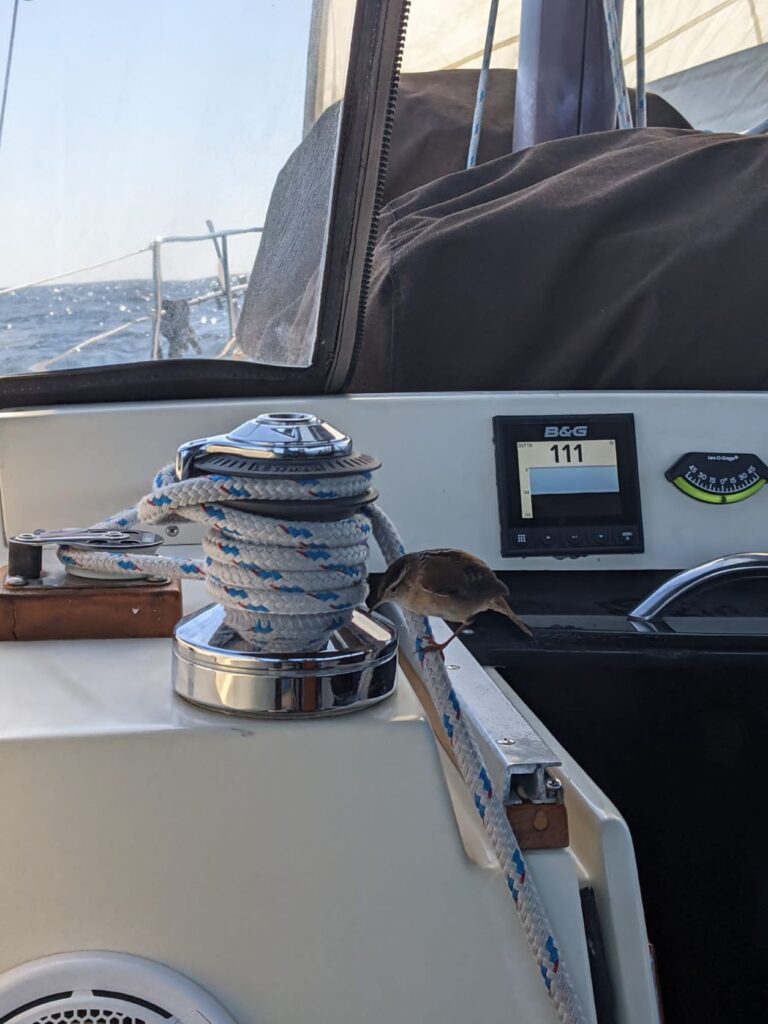
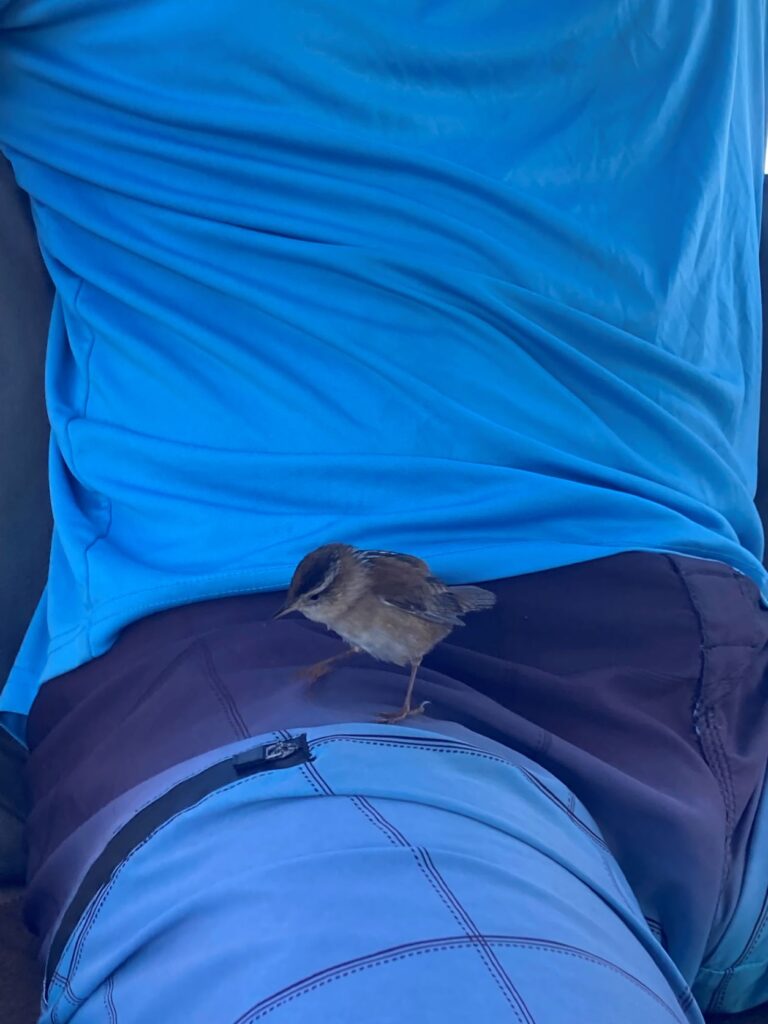
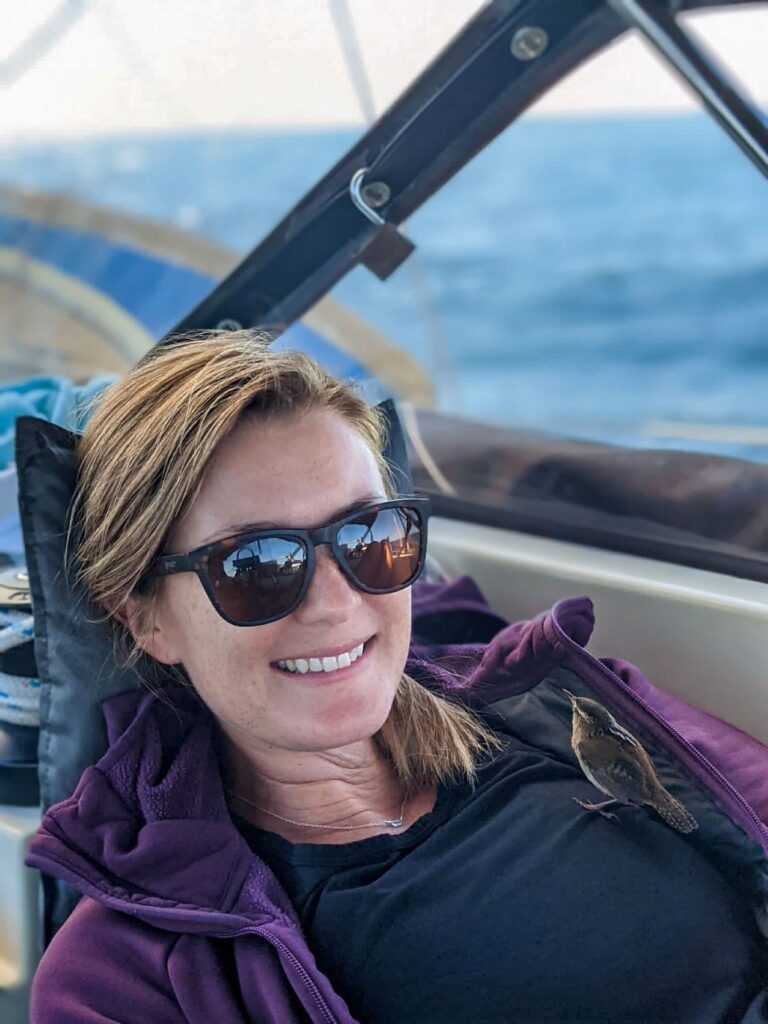

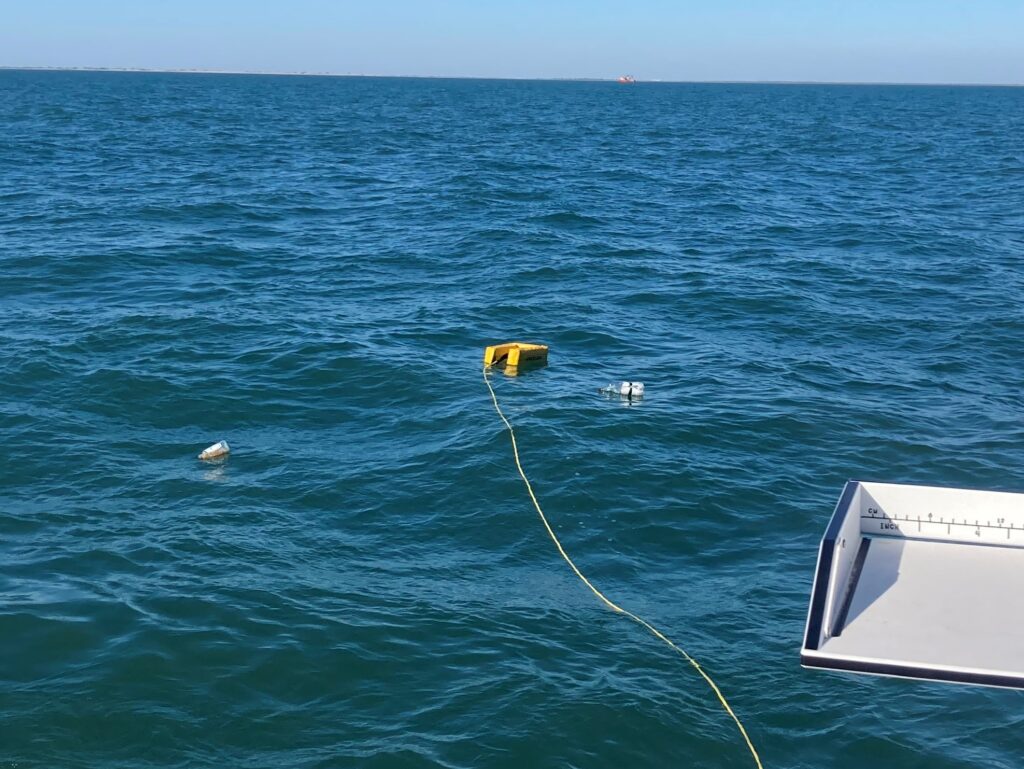

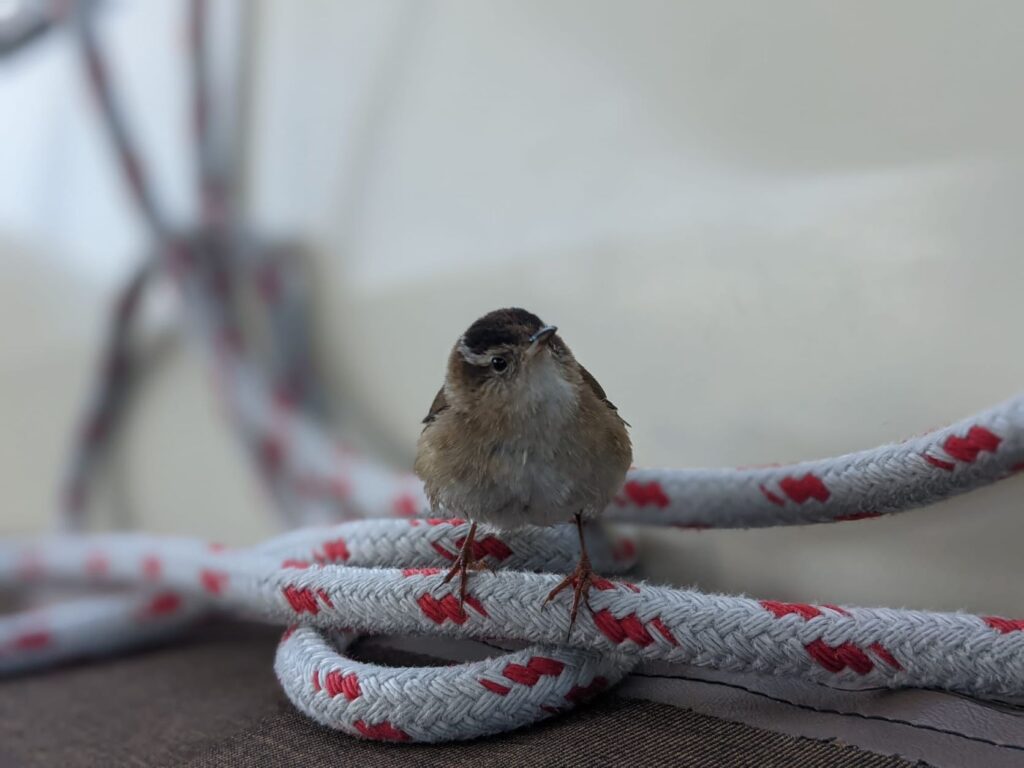
THE DEFINITION OF SAILING… HOURS AND HOURS OF BOREDOM WITH A FEW MOMENTS OF SHEER TERROR!
I look forward to reading more of your journey.